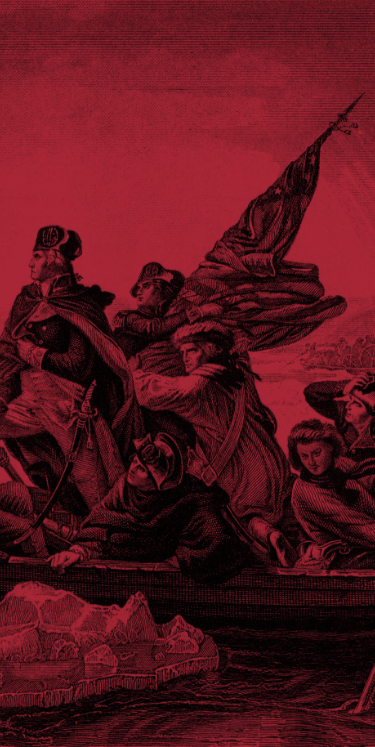Brutal events in the Middle East continue to receive high billing in news headlines: beheadings and shootings by ISIS; the slaughter of Christians; increased attacks against numerous nations; the U.S. Embassy in Libya evacuated; and so forth. Such news always comes with concern, but these type of reports are not new.Most Americans are unaware that Islamic terrorists have been attacking Americans from the time that we became an independent nation.
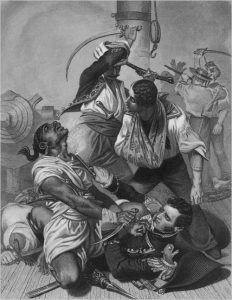 When the American Revolution ended in 1783, America turned its attention to dealing with five Muslim nations that regularly targeted Americans overseas: Tunis, Morocco, Algiers, Tripoli, and Turkey. So in 1784, the Continental Congress dispatched John Adams, Benjamin Franklin, and Thomas Jefferson to try to negotiate an end to the unprovoked attacks. The diplomatic efforts largely failed, and the aggression continued.
When the American Revolution ended in 1783, America turned its attention to dealing with five Muslim nations that regularly targeted Americans overseas: Tunis, Morocco, Algiers, Tripoli, and Turkey. So in 1784, the Continental Congress dispatched John Adams, Benjamin Franklin, and Thomas Jefferson to try to negotiate an end to the unprovoked attacks. The diplomatic efforts largely failed, and the aggression continued.
By the time that Jefferson took office as president 17 years later in 1801, almost one-fifth of the federal budget was being spent to placate the terrorists. Deciding that it was time for the attacks to come to an end, Jefferson took the brand-new Navy, loaded the ships with Marines, and dispatched them to end the constant threat.
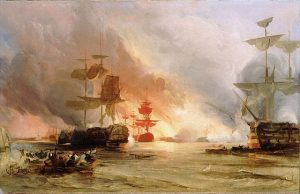 After five years of fighting terrorist forces and freeing captured Americans, Tripoli finally signed a treaty and the hostilities ceased — temporarily. But when America became embroiled in the War of 1812, Algerian terrorists began once again to attack American ships.
After five years of fighting terrorist forces and freeing captured Americans, Tripoli finally signed a treaty and the hostilities ceased — temporarily. But when America became embroiled in the War of 1812, Algerian terrorists began once again to attack American ships.
In 1815 when peace was reached with the British, President James Madison sent the military against Algiers, Tunis, and Tripoli. Finally, on August 9, 1815 — two hundred years ago (>and 31 years after the conflict began) — a peace treaty was signed. To read the documents of the first American War Against Terror and to see the terrorists’ motivations for attacking Americans is just like watching today’s news reports. To help understand what is happening now and what will be required to end the conflict, David Barton shares the history of America’s First War on Terror.
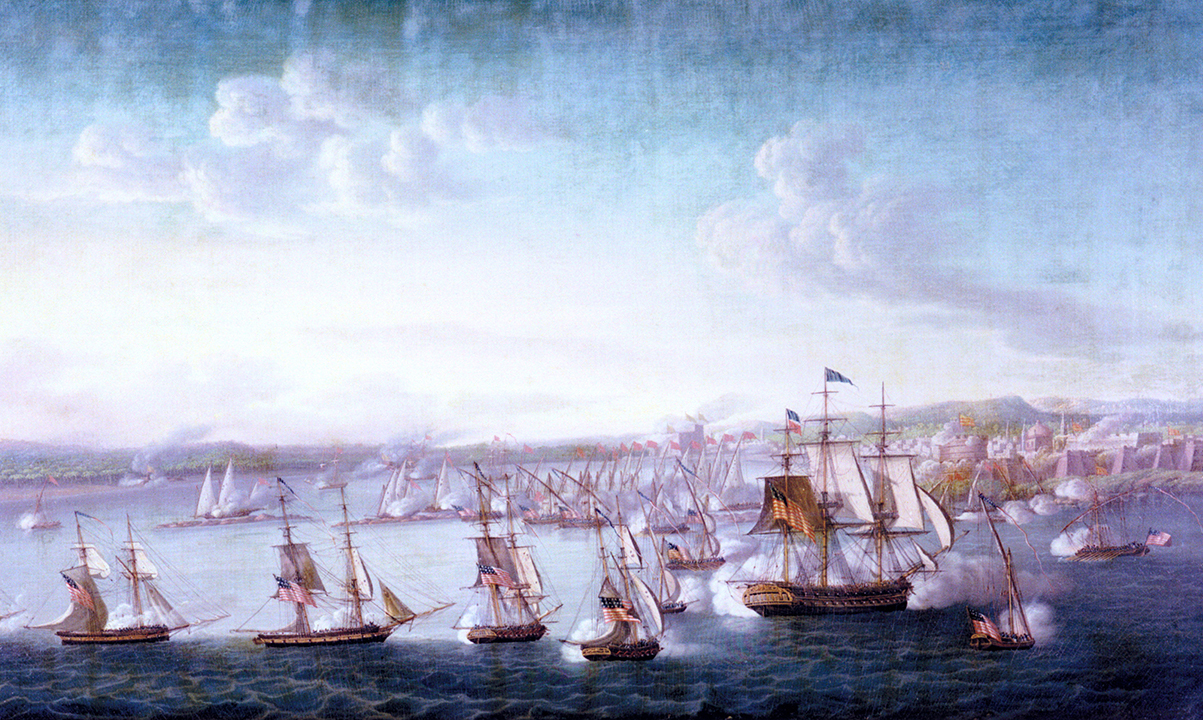
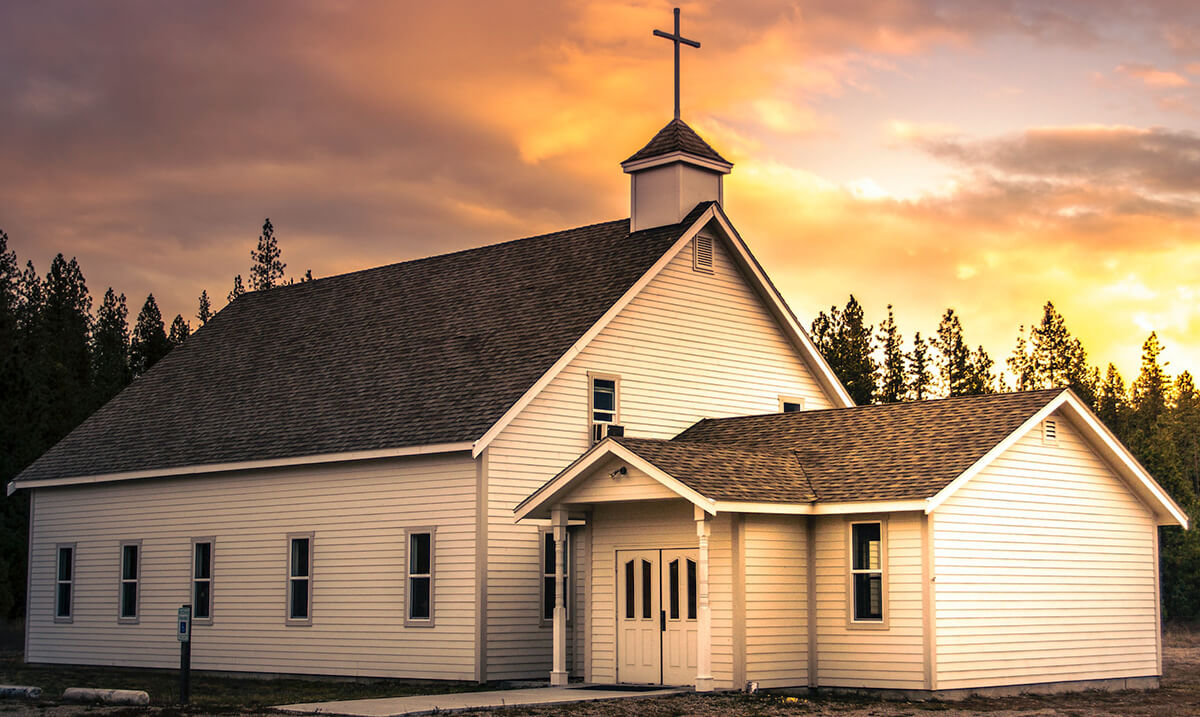
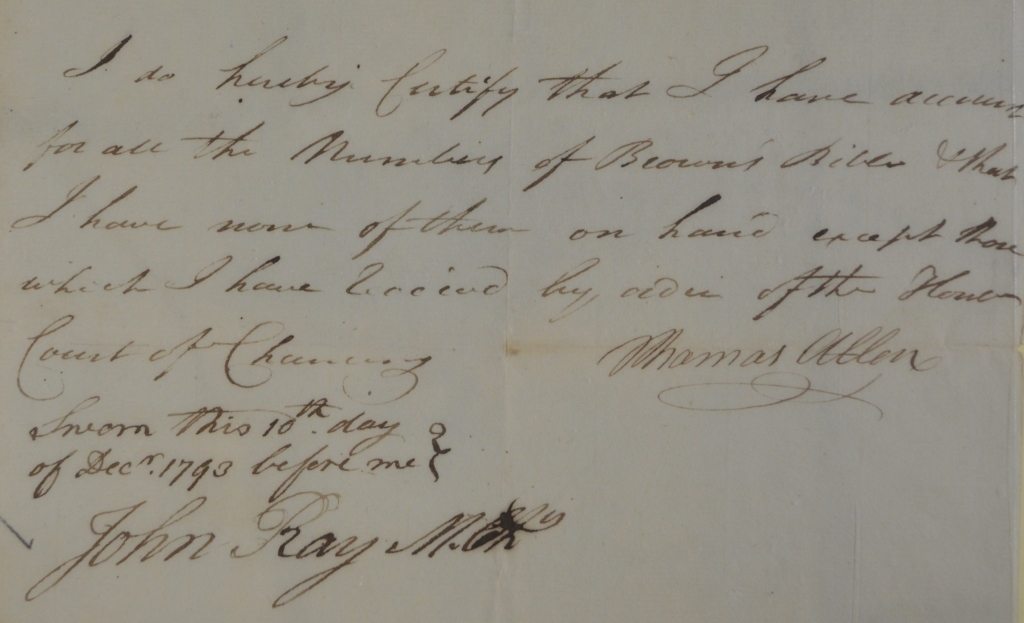
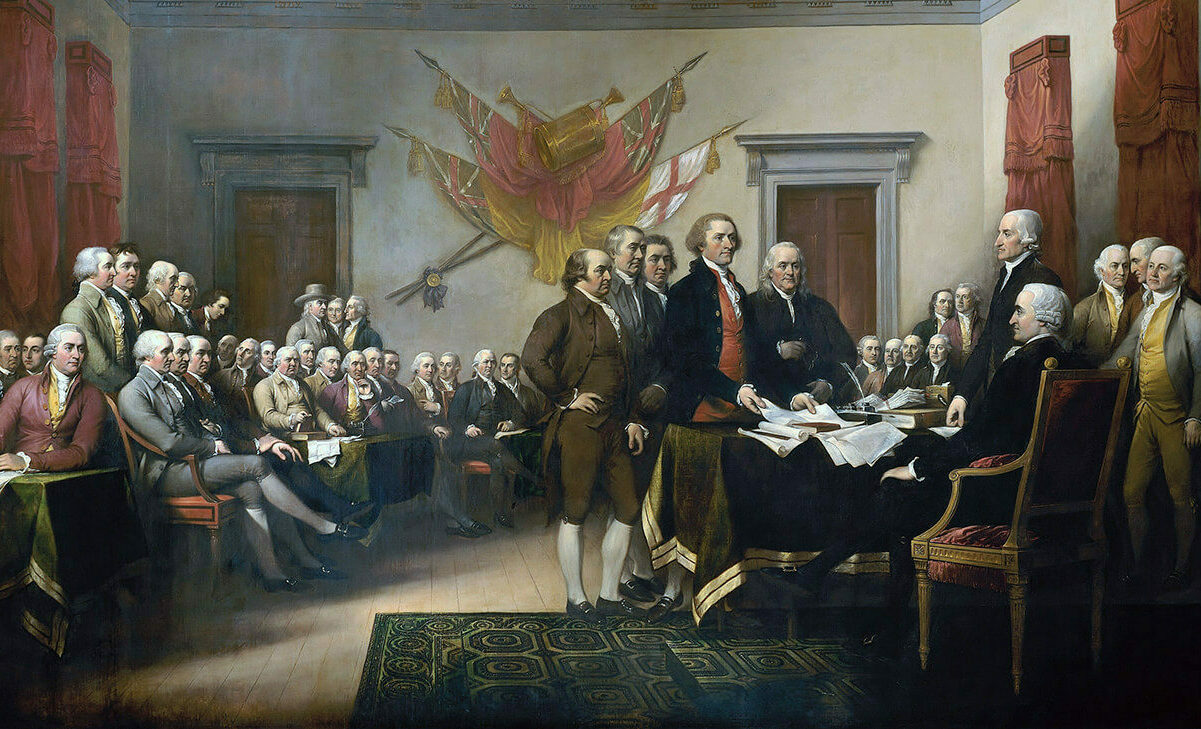
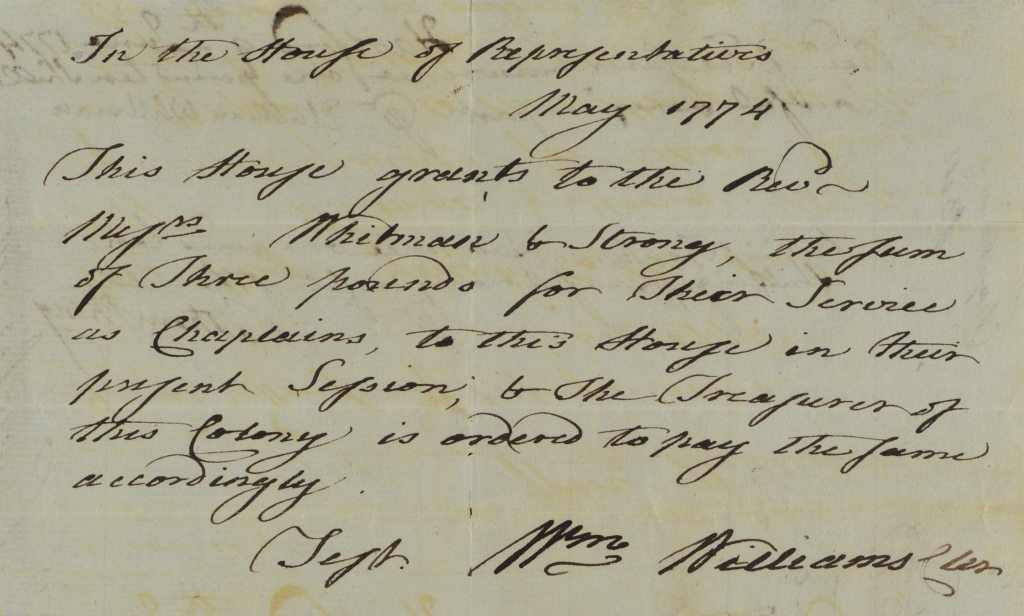
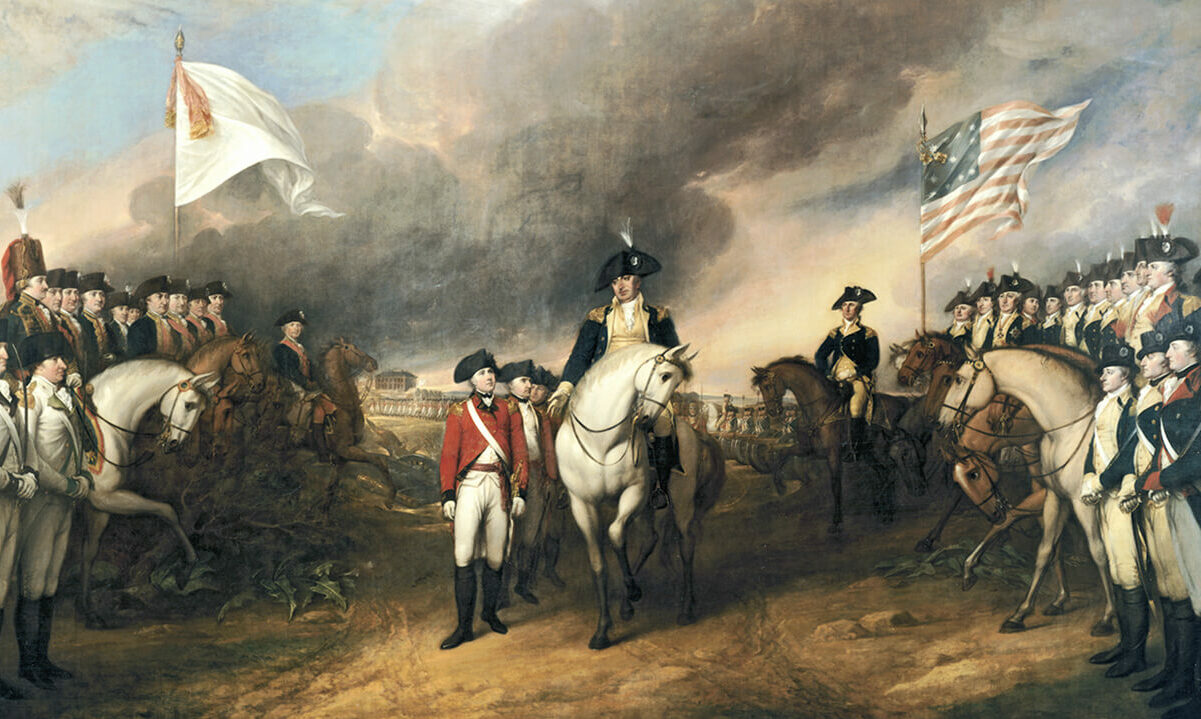
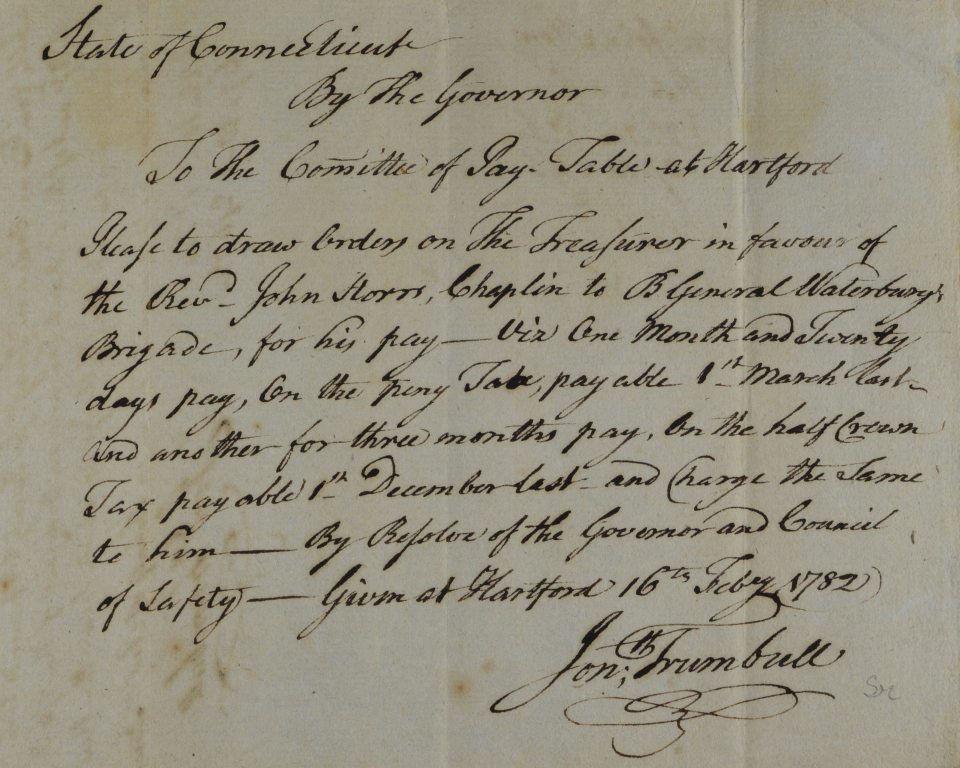
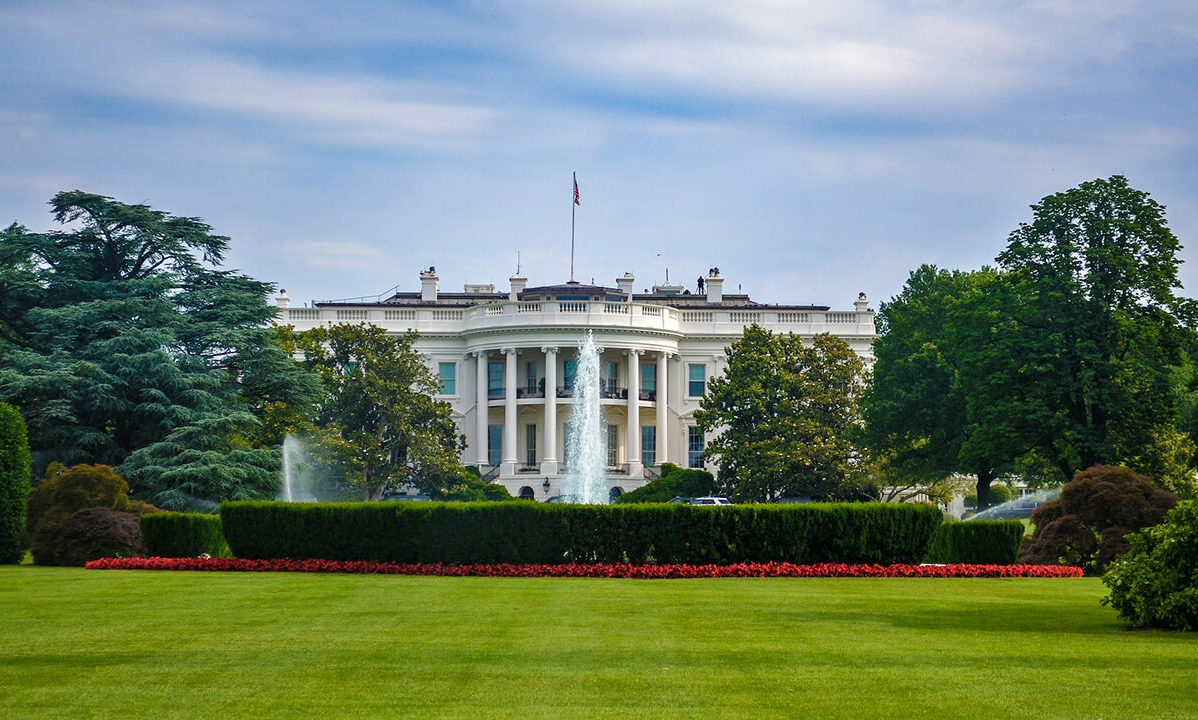
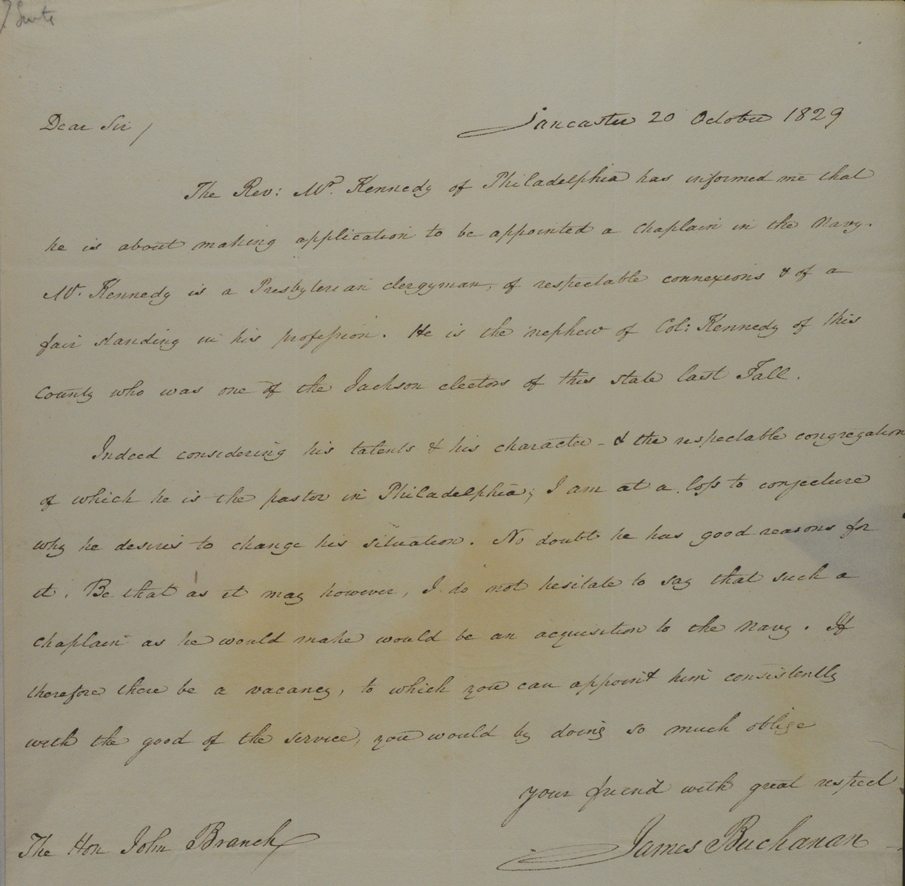
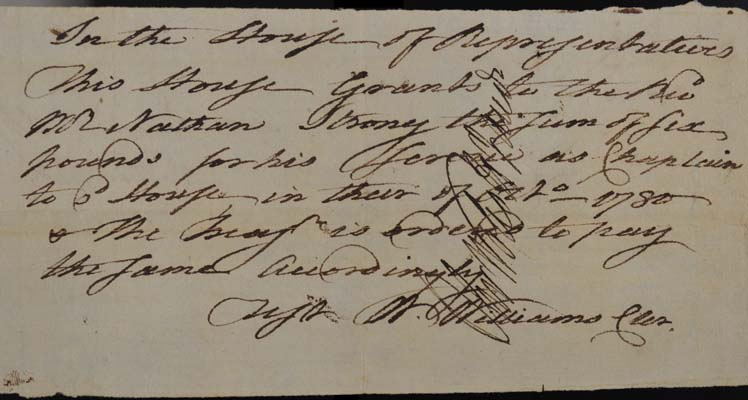
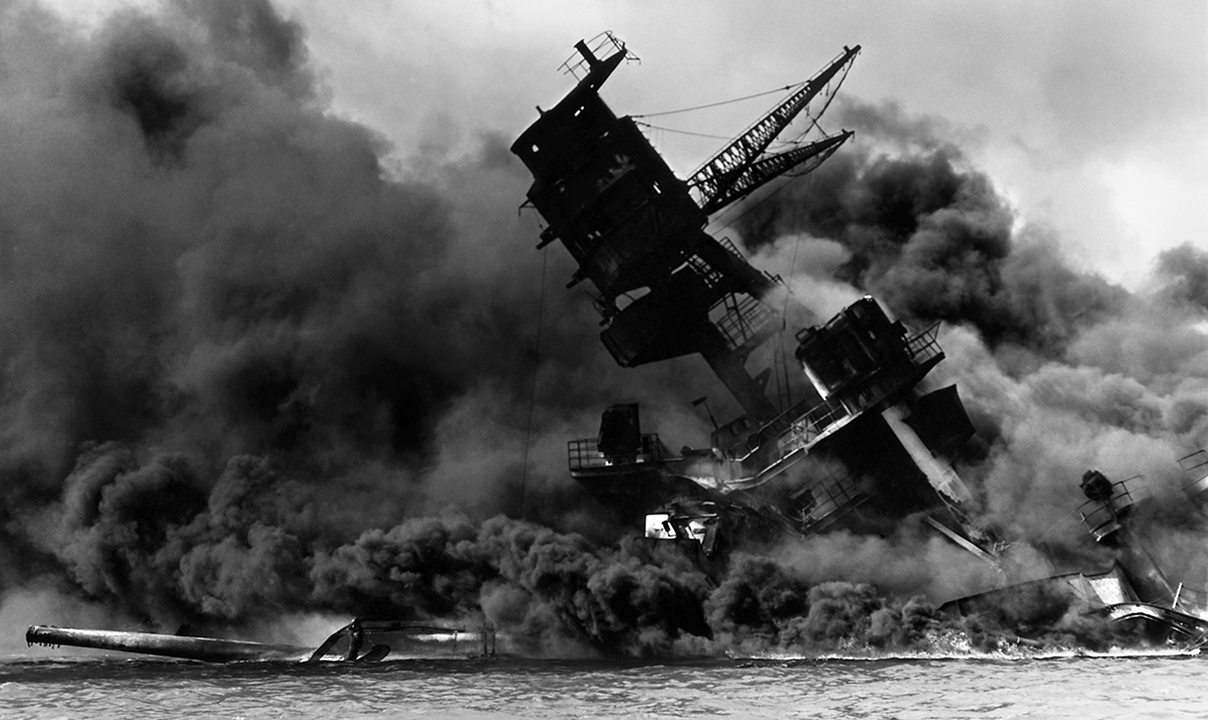
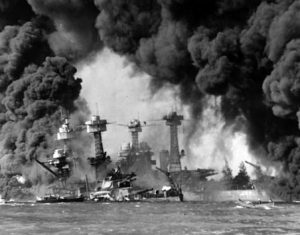 December 7, 1941 — the day Pearl Harbor was
December 7, 1941 — the day Pearl Harbor was 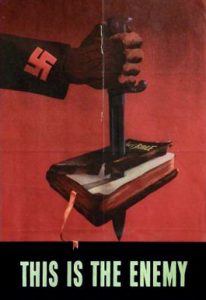 Three weeks later on January 6, 1942, he delivered his State of the Union Address,
Three weeks later on January 6, 1942, he delivered his State of the Union Address, 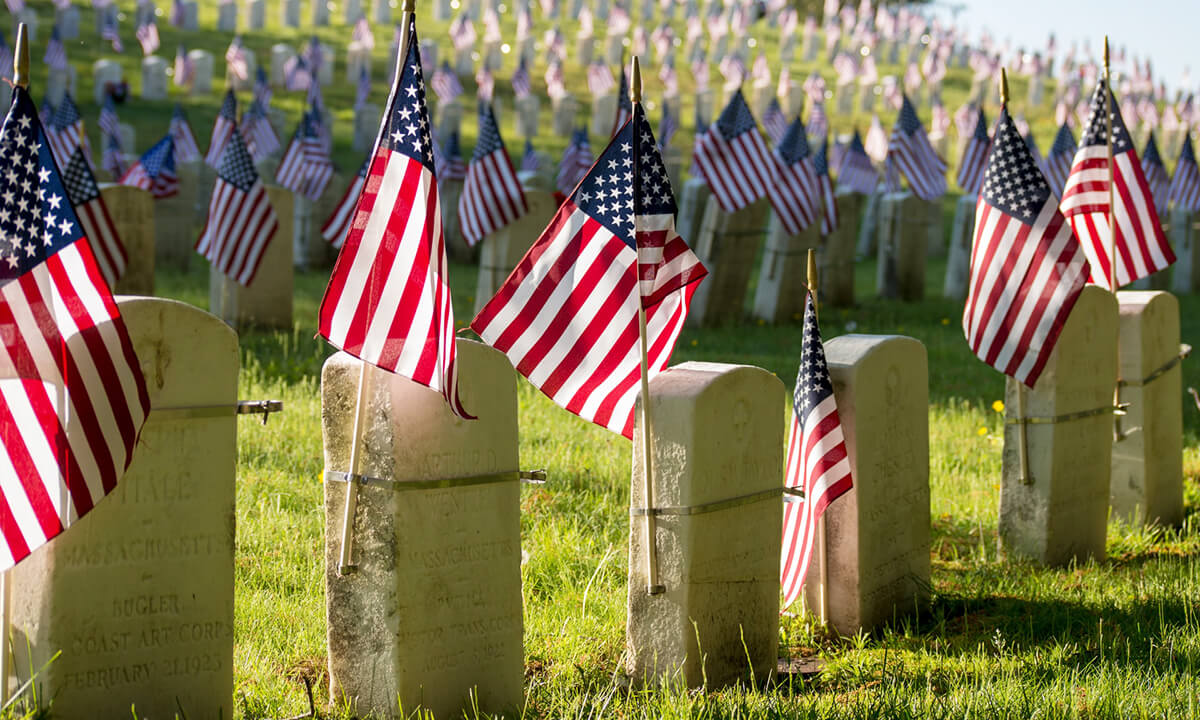
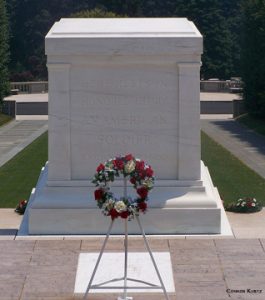 The Korean War Memorial in Washington D.C. reminds us: “Freedom is not free!” Americans have long understood this, and across the generations 42 million men and women — serving as soldiers, sailors, and airmen — have been willing to give their time, talents, and even their lives to protect America and her cherished freedoms. To honor these courageous citizens, November 11, is
The Korean War Memorial in Washington D.C. reminds us: “Freedom is not free!” Americans have long understood this, and across the generations 42 million men and women — serving as soldiers, sailors, and airmen — have been willing to give their time, talents, and even their lives to protect America and her cherished freedoms. To honor these courageous citizens, November 11, is 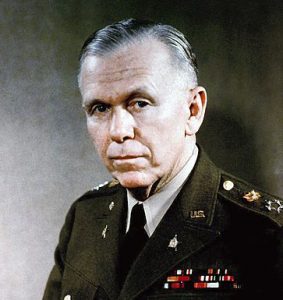 General George C. Marshall, a famous military leader during World War II, summarized the mission of these warriors when he
General George C. Marshall, a famous military leader during World War II, summarized the mission of these warriors when he 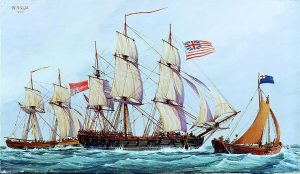 The Continental Congress, not in session at that time, took up the issue when it returned and on
The Continental Congress, not in session at that time, took up the issue when it returned and on 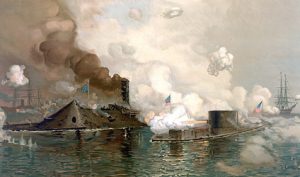 Following this, the Navy slowly shrank in size until it
Following this, the Navy slowly shrank in size until it 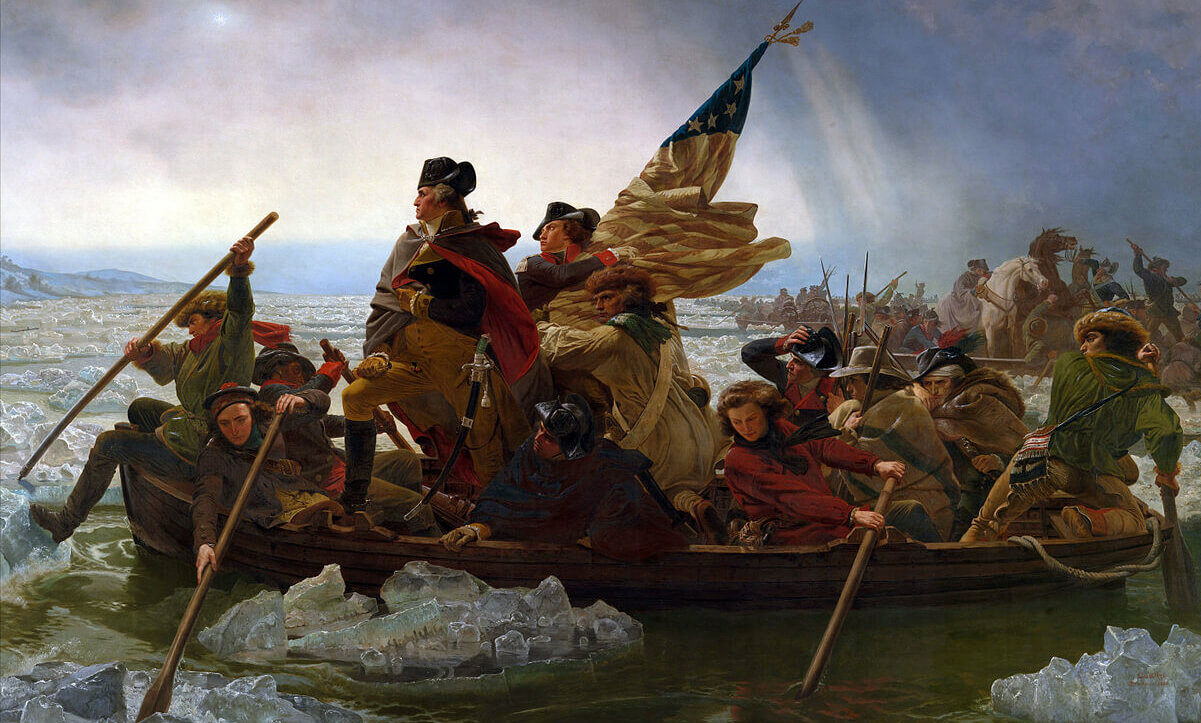
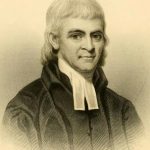 On
On 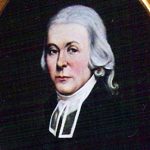
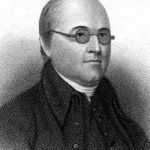 Timothy Dwight (pictured on the left), who had
Timothy Dwight (pictured on the left), who had 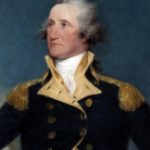 An ardent champion of military chaplains was George Washington. One of the first things he did as a young officer in the
An ardent champion of military chaplains was George Washington. One of the first things he did as a young officer in the 